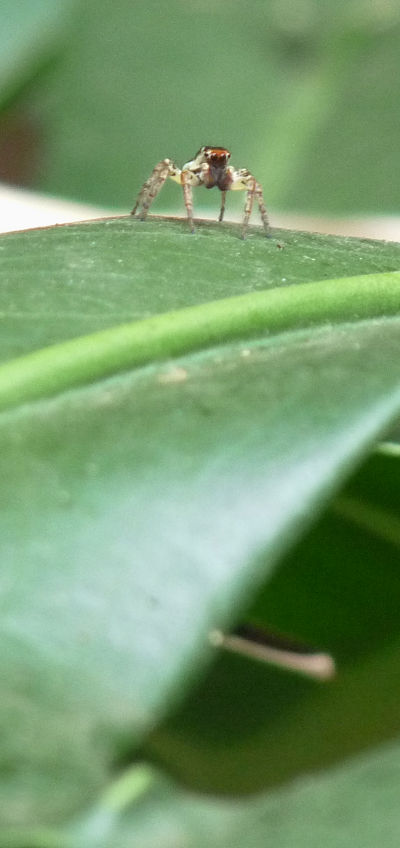Making the Mekong Connected
From AWF-Wiki
(Difference between revisions)
(→Background) |
|||
| Line 16: | Line 16: | ||
==Background== | ==Background== | ||
| + | *The Upper Mekong Region (south China, north Laos and Thailand, east Myanmar) is an ecologically important andvital region for the lower Mekong countries. | ||
| + | *Smallholder farmers, including many indigenous ethniccommunities play an important role in protecting forests,landscapes, and watersheds. They maintain biodiversity through traditional land-use practices. | ||
| + | *'''Problem:''' Secondary forests with rich biodiversity continue to be replaced by fruit tree and rubber plantations and, more recently, with Jatropha. | ||
==Project Goals== | ==Project Goals== | ||
Revision as of 12:14, 5 December 2012
| sorry: |
This section is still under construction! This article was last modified on 12/5/2012. If you have comments please use the Discussion page or contribute to the article! |
File:Mmc1.png
Bildunterschrift.
Project Title: Making the Mekong Connected
- Funding: BMZ/GIZ/ICRAF
- Duration: 2009-2012
- Link:
- Coordination: Prof. Dr. Christoph Kleinn
- Project researcher: Philip Beckschäfer
Background
- The Upper Mekong Region (south China, north Laos and Thailand, east Myanmar) is an ecologically important andvital region for the lower Mekong countries.
- Smallholder farmers, including many indigenous ethniccommunities play an important role in protecting forests,landscapes, and watersheds. They maintain biodiversity through traditional land-use practices.
- Problem: Secondary forests with rich biodiversity continue to be replaced by fruit tree and rubber plantations and, more recently, with Jatropha.
